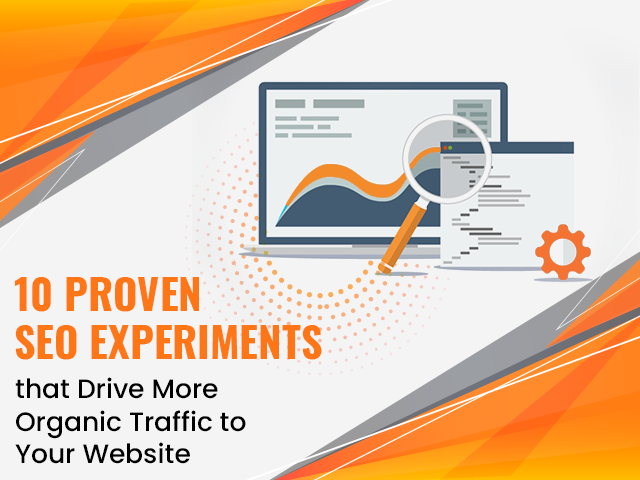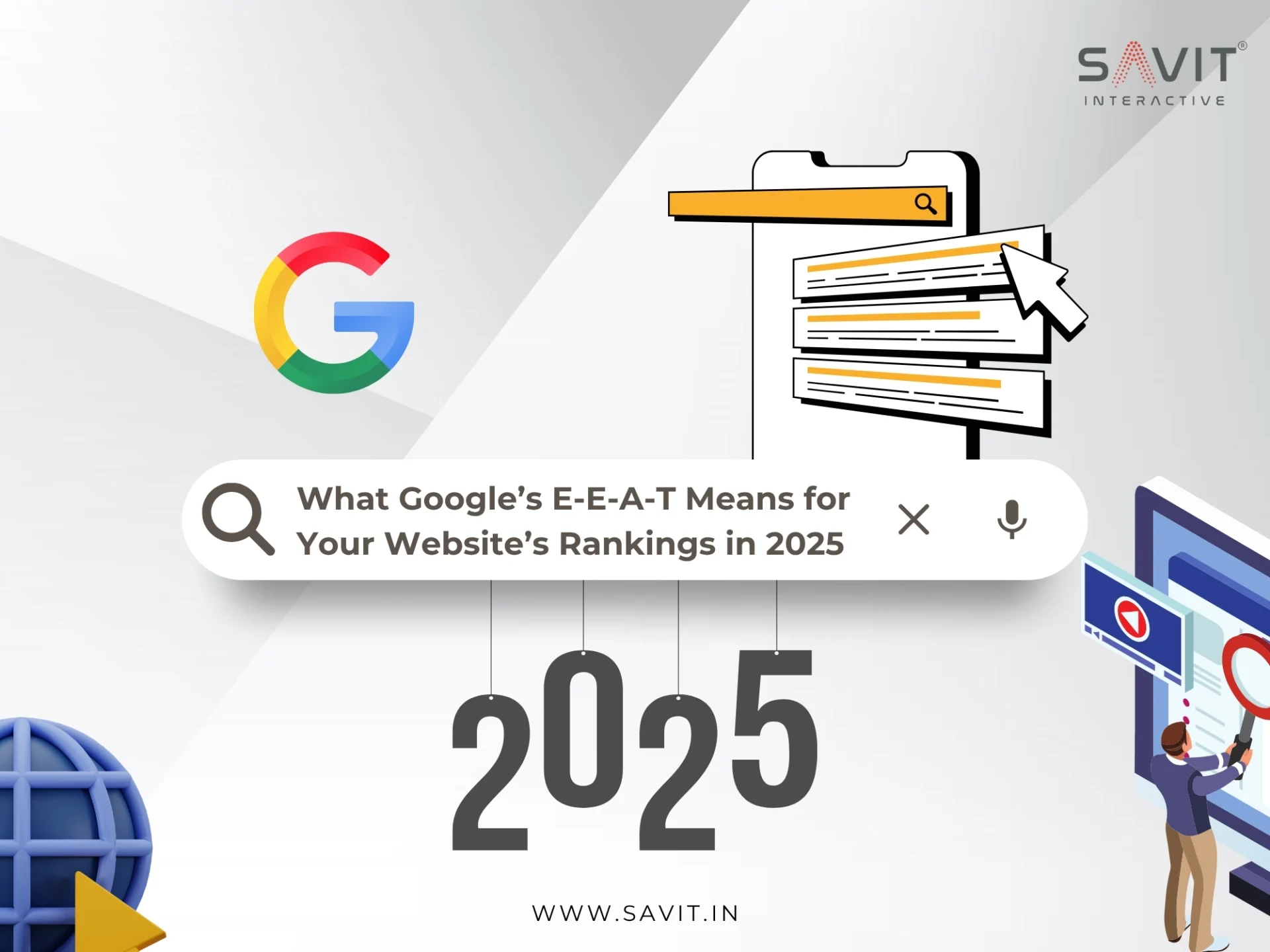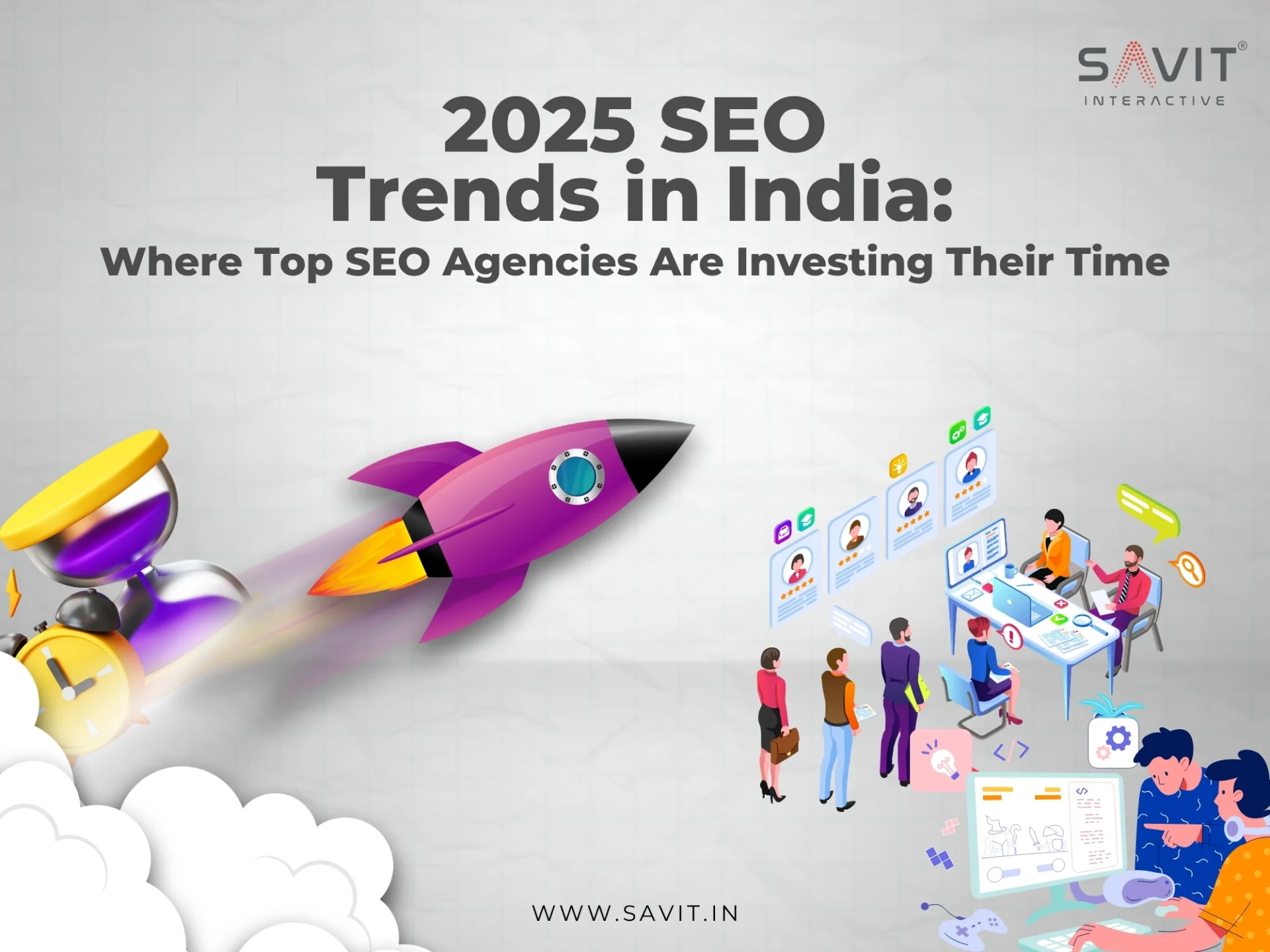Search engine optimisation, also known as SEO, is every marketer’s secret to success. From advertisement copies, user experiences and email marketing, businesses spend hours to create a strategy that converts leads into paying customers. This includes adding meta titles, meta description, boosting organic website and testing advertisements. Website optimisation also works with brand reputation, security and backlinks to uplift.
The heading tags must be appropriately placed. The keywords must be included in the page’s meta descriptions, anchor text and meta titles, and the page’s schema markup must be executed appropriately. If you use SEP split-testing, professionals can test these elements for quick feedback without waiting for the search algorithms to respond.

What are the best SEO experiments that you can use for your website?
If you are an SEO services company in India, you know the power of SEO in building and running a business. If you use SEO split-testing, you can make minor changes to your website and monitor the responses. After a while, only you can watch the search engine’s response to the changes, but the visitors cannot recognise them. Users can experiment with SEO split-testing to track metric improvements such as organic ranking position, click-through rates (CTR) and organic traffic.
This can be done by divide any templated page – category or product pages and blog posts – into two segments called Variant (change of implementation) and Control (no change). Make essential changes to Variant, and monitor the organic traffic difference. If you do not run an SEO split-testing extension, you could be losing significant growth opportunities.
1. Schema markup
If you take a look at Google’s Search Engine Results Page (SERP), you will see primary organic listings of ingredients, headlines and reviews. Schema markup refers to the structured data that shows additional information on its Google search results. Eye-catching and functional information always attracts new visitors. If you see successful results, you can include more features as well.
2. Heading tags
These refer to on-page elements that tell Google the page’s subject, with an H1 signifying the heading along. The H2 and H3 are subheadings that break up the content into readable chunks, improve the site’s clarity and find the right results for your search. Work on the title tag’s placement, use subheadings, include different keywords and use subheadings.
3. Meta titles
Users see meta tags as the content snippets in the listings on the search engine results page (SERPs), influencing the clicking process. Though it does not directly affect the ranking factor, Google’s algorithm does consider CTR when it evaluates the quality of organic search results. Work with your brand name, use action words, use impactful words and change the character length.
4. Meta descriptions
This comes under the meta title and tells users the page’s context to promote click-through rates, which tell you why your brand is superior to its competitors. Work with incentives, star ratings and secondary keywords to uplift organic traffic.
5. Internal links
These direct search engines and people to the relevant sections of your website boost user behaviour metrics such as time on site, pages per session, and bounce rates, indicating the website’s user experience and content quality. Work with the page links, deep link and shallow and the resulting link.
6. Link anchor text
This describes the link to the search engine, which aids the crawlers to determine the page’s context and possible ranking. SEO split-testing impacts the time-on-site, organic ranking and CTR. Work with format, broad match and exact match text and character length.
7. Add elements
Add the right image and text to uplift the traffic on the image search, so try working with internal links, content blocks and images.
8. Move elements
Play with specific elements to boost SEO and impact on-page user behaviour metrics, with a combination of user experience, SEO and CRO teams for an optimum page layout.
9. Delete elements
If you have elements that are not necessary to the website, remove extra pop-up forms, images, social media buttons and breadcrumbs.
10. Image alt text
Search engines use alt text for image interpretation to find results for the particular search, so work with characters, keywords, spacing and hyphens.
As a brand, you will find thousands of other SEO experiments that boost your website, increase customer traffic and bring in sales. A well-known SEO company in India would work on them with their knowledge and expertise, run SEO split-testing and send accurate reports with Google Search Console and Google Analytics. Therefore, if you are searching for one of the best digital marketing company in India, please mail us at SAVIT.


